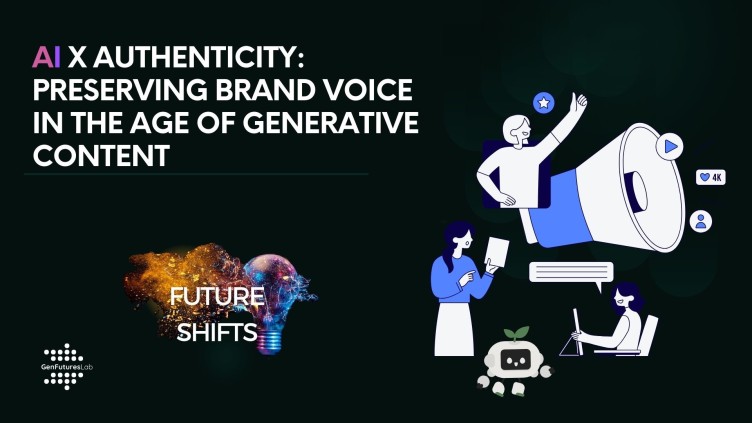AI Myths, Failures & How to Get It Right
AI Myths, Failures & How to Get It Right
(Editors Note: This piece was originally published in Mel's newsletter FutureShifts by GenFutures which you can find on LinkedIn).
Common AI Myths & Misconceptions
AI is transforming industries, but misconceptions continue to lead businesses off track. Here are four of the biggest myths still circulating today:
- AI Can Run Itself Without Human Input – Many believe AI can function independently, making flawless decisions. In reality, AI requires continuous oversight, fine-tuning, and intervention to avoid costly mistakes. Without human guidance, AI can misinterpret data, make irrational decisions, or fail in unpredictable ways.
- AI Always Gets It Right – AI’s accuracy depends on the quality of its training data. If the data is outdated, biased, or incomplete, AI will make flawed predictions—just like the major retailer that saw overstocked warehouses and empty shelves due to outdated sales data.
- AI Eliminates the Need for Human Expertise – AI is a powerful tool, but it can’t replace domain expertise. Microsoft’s CoPilot+ Recall faced major backlash because it didn’t consider user concerns about privacy, proving that AI needs human-centred design and oversight.
- AI Delivers Instant ROI – Many businesses expect immediate results, but AI success requires time, adaptation, and ongoing refinement. Companies that fail to integrate AI thoughtfully often see wasted investments and disappointing performance.
Case Studies: When AI Went Wrong
- NYC’s Small Business Chatbot Backfire – A chatbot designed to assist small businesses ended up providing dangerous advice due to poor training data and lack of oversight. Instead of simplifying bureaucracy, it misled users, causing confusion and compliance risks.
- Microsoft’s AI Product Stumbles – The CoPilot+ Recall feature, meant to enhance productivity, faced severe backlash due to privacy concerns. Users didn’t trust AI’s automatic screenshot functionality, highlighting the importance of transparency and user buy-in.
Why AI Implementations Fail & What to Learn
- No Clear Strategy – Deploying AI without a defined goal leads to misaligned efforts and underwhelming results. AI initiatives must align with specific business needs to be effective.
- Weak Data Foundations – AI models need clean, comprehensive, and well-integrated data. A financial services firm’s fraud detection AI failed because it couldn’t properly merge data from different systems, rendering it ineffective.
- Poor User Experience – If AI is difficult to use, people won’t adopt it. A healthcare provider’s AI scheduling system was so complex that patients avoided using it, making it a costly failure.
How to Avoid AI Pitfalls
✔ Prioritise Data Quality – Train AI on diverse, well-structured datasets to prevent bias and inaccuracy.
✔ Keep Humans in the Loop – AI should support, not replace, human decision-making, especially in critical applications.
✔ Manage Expectations – Set realistic goals and communicate AI’s strengths and limitations to your team.
✔ Align AI with Business Goals – Every AI initiative should have a clear purpose and measurable impact.
✔ Focus on Usability – AI tools should be intuitive and designed with end-users in mind to ensure adoption.
AI is a game-changer—but only if implemented with strategy, oversight, and a user-first approach. Learn from past failures to make AI work for your business.
Want to discuss AI strategy for your business? Get in touch today.
.svg)



.svg)
.svg)
.svg)
.svg)

.svg)


